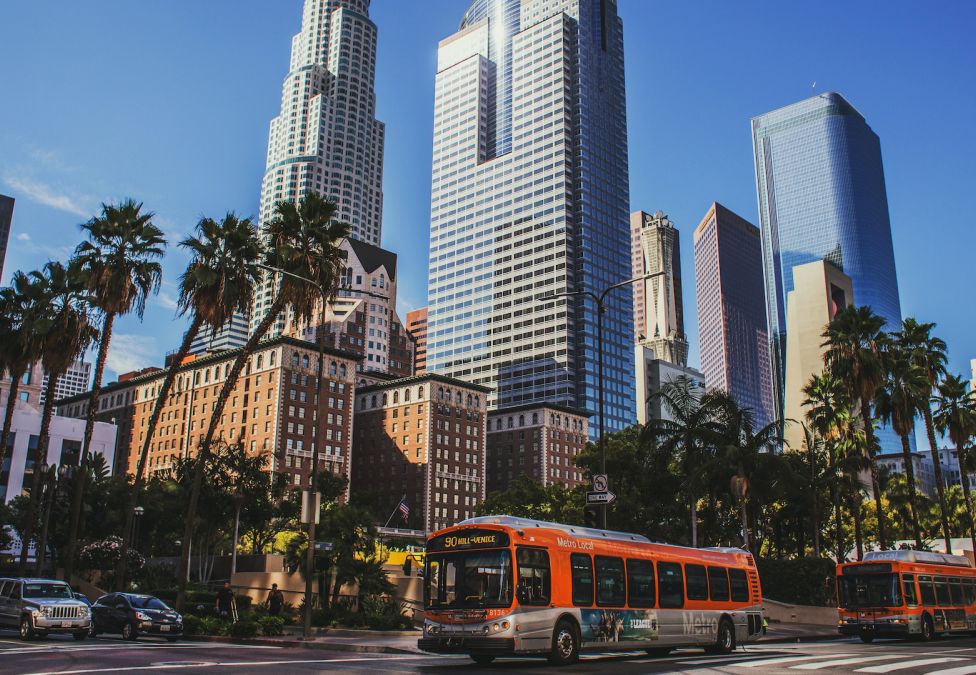
Before the pandemic induced a recession, California already struggled to provide equitable opportunities for all. The post-2009 recession recovery did not fully address previous shortcomings, and the COVID-19 pandemic exacerbated these underlying inequities.
California is looking ahead at a future of work that seeks to reimagine traditional economic development approaches that prioritize diversity and inclusion while also identifying new ways to fund and structure advancements in workforce and infrastructure development, capital access, and more. It is a challenging prospect with rapidly changing technologies, evolving workforce models, and fewer than half of California workers in quality jobs that provide a living wage.
Please join the Milken Institute and CalMatters as we host a series of conversations exploring California’s recovery from recession and progress towards an economy centered on equity, mobility, and opportunity.
The Post-COVID Future of Work
The COVID-19 pandemic has accelerated job displacement and unemployment trends—precipitated by advancements in technology and automation. Although these disruptive forces impacting the workforce are not new, they do exacerbate long-standing social inequities embedded in our pre-COVID economic landscape. The pandemic has had a disparate impact on women, frontline workers, and other vulnerable populations, and the Employment Development Department crisis has exposed the reliance on a strained safety net for displaced workers. What reforms to the state’s unemployment insurance, child care, and earned income tax credit systems are needed to enhance access to those in need of immediate assistance? For those disproportionately displaced from the workforce, how can higher education adapt upskilling and apprenticeship programs to offer new career pathways?
Date: Tuesday, May 11
Click here for more information.
Small Business Community: What Happened to Mom and Pop?
Small businesses have been the leading job creators in California since the last recession. With many vital community-based and small businesses forced to shut down during the pandemic—restaurants, gyms, salons, theaters—how does that change the economic profile of many neighborhoods and downtowns? California will have to sustain an ecosystem to develop, grow, and sustain these businesses to ensure our communities continue to grow and remain desirable places to work and live. What must be done on both a state and local level to not only bring these businesses back but also ensure they remain the cornerstone of our local communities?
Date: Tuesday, July 13
Click here for more information.
Equity in Infrastructure Development
For too long, the need for national infrastructure solutions has been limited to conversations of roads, bridges, and stalemates in Congress. The COVID-19 pandemic has altered the fiscal circumstances of many communities just as high-speed broadband is needed in every home and business as a means to adapting to the socially distanced reality of the moment. Local and state leaders should act swiftly to establish governance frameworks that support investment strategies using innovative finance tools. How can state leaders leverage an enhanced governance structure to better align various financing tools and incentives so local communities can realize their resilient infrastructure economic development goals?
Date: Tuesday, September 21
Click here for more information.
The Post-COVID Recovery: California's Lagging Employment Rate
While employment in much of the United States has recovered successfully from the fallout of the COVID-19 pandemic, California remains one of the few states that has struggled to recoup jobs at a pace on par with the rest of the nation. California continues to fall behind the national recovery efforts, and many employers in the state are struggling with how to address this issue. The state’s weekly unemployment claims make up almost 20% of the United States’ new claims, even though we supply roughly 12% of the national workforce. And while job postings in the state are actually up 5% compared to pre-pandemic, the unemployment rate remains incredibly high. What must we do to get more people back to work? This session will discuss in depth what California and the state’s employers must embrace to ensure we attract and retain a robust workforce.
Date: Wednesday, December 1